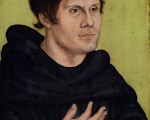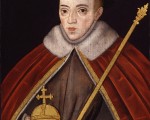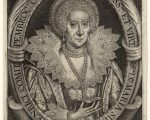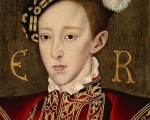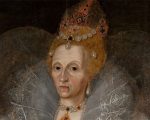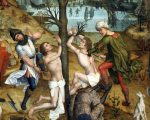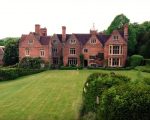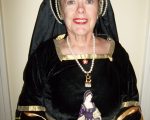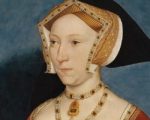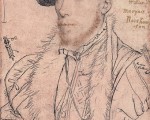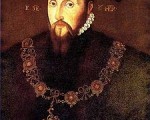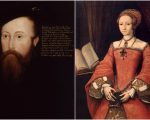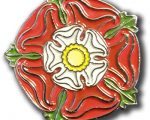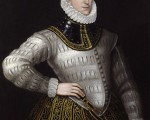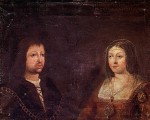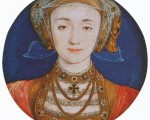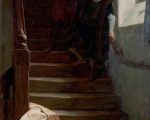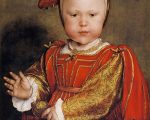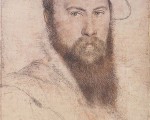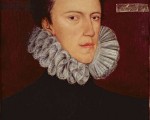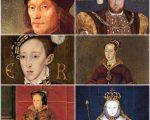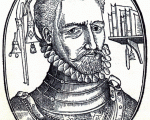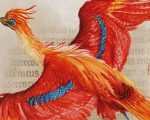
It seems rather apt to be sharing about this programme on Halloween!
“Harry Potter: A History of Magic” aired on BBC 2 on Saturday night, 28th October. Why on earth am I sharing about this programme on the Tudor Society, you may be wondering, well, J.K. Rowling didn’t just draw on her vivid imagination for her Harry Potter series of books, she drew on history too. Here’s what the BBC Media Centre said about this programme:
“Narrated by Imelda Staunton, this is a playful and thrilling adventure through the real life legends, beliefs and folklore that fired JK Rowling’s imagination. In the run up to the major exhibition, Harry Potter: A History of Magic, Rowling ventures behind the scenes of the British Library, revealing the real life counterparts to her fantastical world. From shrieking mandrakes and Elizabethan invisibility spells; to the mystery of the ancient oracle bones of the lost Shang dynasty and the real life search for the Philosopher’s Stone, it’s the start of a journey that takes us to some of the most magical places in the land. There, we’ll encounter wonderful characters whose belief in magic has never waned – from the folk at the beguiling Museum of Witchcraft in Boscastle, Cornwall, to a pair of real life wizarding wandmakers who’ve honed their craft in England’s ancient woodland.”
[Read More...]
